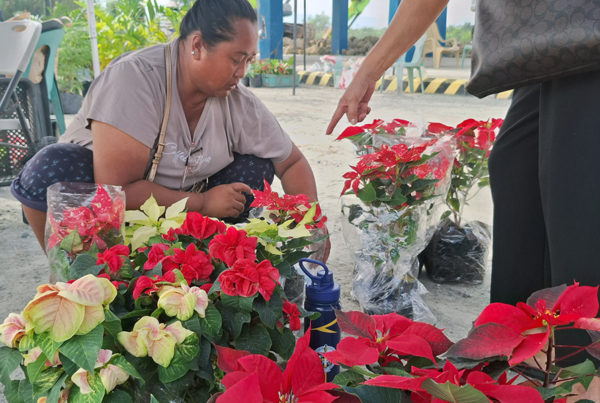Best fish cages found in Sual
SUAL – If one has to learn how fish cages are produced and managed, the best lessons can be learned in this town, which is deemed to have the best fish cages and mariculture practices in the country.
Glicerio “Serge” Legaspi, senior aquaculturist of Bureau of Fisheries and Aquatic Resources (BFAR), said he has been to many parts of the country from Bolinao to Mindanao providing technical assistance and training to fish producers and concluded that it is in Sual where the best types of fish-cage production that could be considered world class can be found.
That’s the good news. Now the bad news. He said the worst situation he saw was in Taal Lake in Laguna, and in Pangasinan – Bolinao, Anda and in Dagupan City.
Legaspi noted that despite the presence of about 800 fish cages in Sual’s municipal waters, the town never experienced a single fish kill to date unlike in other towns where fish pens and other fishing contraptions have sprouted like mushrooms.
The same observation was shared by Levy L. Manalac, aquaculture technical manager of US Soybean Export Council in the Philippines.
Legaspi and Manalac were resource speakers during a meeting with fish cage operators on Wednesday at the municipal social hall.
SUBDIVISION SCHEME
Mr. Arcinue presented a new scheme to further maintain orderliness, boost water quality, improve security and sanitation around Sual’s mariculture zone which was established through an amendment of the municipal fishery code.
The town is adopting a subdivision-type of arrangement of the fish cages to provide a wider navigational lane for fishing and shipping vessels entering and leaving the town’s fish port and the planned Sual International Seaport.
The navigational lane measures 100 meters in width and 2 kilometers in length while the fish cages are arranged similar to rows of subdivision houses and marked with plate numbers and color codes for easy identification.
Under the amended fishery code of Sual, fish cage owners pay an annual rental fee of only P12,000 and P5,000 business tax per cage. A five-peso per banyera or tub is also collected on harvested milkfish.
One fish cage contains from 35,000 to 50,000 bangus stocks per one harvest period which could be sold at P100 a kilo. A fish cage operator can make a gross sale ranging from P1 million to P3.5 million per cage from each harvest.
BUSINESS FRIENDLY
Aside from providing jobs to hundreds of residents, the Sual fish cages contribute sizably to the country’s food security program since an average of 60 tons of milkfish are transported daily from Sual to major fish markets like Malabon and Navotas in Metro Manila.
Mr. Arcinue said these were the reasons why he fought hard for the fish cages when some sectors wanted the fish cages dismantled on the unfounded claim that they pose a threat to the nearby power plant.
The mayor cited the Sangguniang Bayan’s efforts to quickly amend the town’s fishery code that paved the way for the establishment of a mariculture zone for better operation of fish cages.
The town’s Bantay Dagat has been strengthened with the support of the Coast Guard, local police, and maritime authorities in providing round-the-clock security in the area.
Soon, solar-lighted markers will also be installed for easier navigation at night around the mariculture zone.







